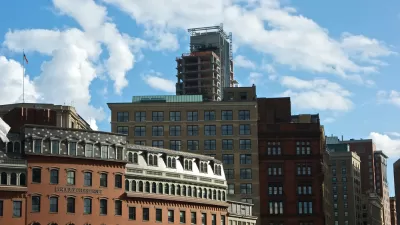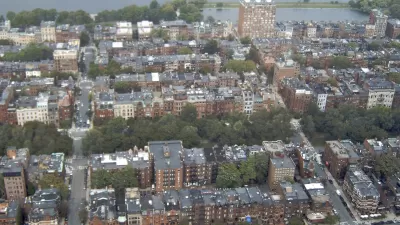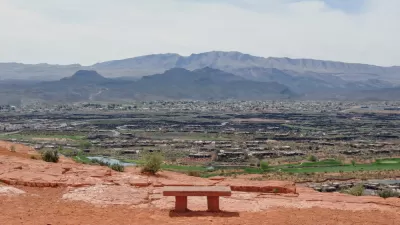Formerly small towns near Boston have experienced high growth rates in recent years. But despite their potential to keep growing, water supplies and aging infrastructure will likely be a limiting factor.
"The region is expected to continue attracting more companies, workers, and residents in the coming years. But that growth is also projected to slam up against water-related limits unless supplies are conserved or increased, said officials. The problem is already in sight, some say."
"In the region stretching along I-495 from Littleton to Wrentham, demand on public water systems is expected to rise from 51 million gallons a day in 2005, the latest numbers available, to 62 million in 2030, according to a recent study published by the 495/MetroWest Corridor Partnership and the Metropolitan Area Planning Council. Steady growth for the I-495 region is driving demand, the study said."
"Municipal water systems won't be able to keep up if they don't evolve, according to Paul Matthews, executive director of the 495/MetroWest business group. 'Those towns over 20 years ago were either rural or much smaller,' he said. 'Now a lot of them are bumping up against their infrastructure.'"
"Of the 32 towns in the study, nine experienced median water-usage increases of 10 percent over the past decade. Seventeen towns in the study decreased their water usage by a similar percentage, often because they conserved to stay within state limits while handling increased demand. In six towns, figures were unavailable because residents use private wells."
FULL STORY: High and dry

Alabama: Trump Terminates Settlements for Black Communities Harmed By Raw Sewage
Trump deemed the landmark civil rights agreement “illegal DEI and environmental justice policy.”

Planetizen Federal Action Tracker
A weekly monitor of how Trump’s orders and actions are impacting planners and planning in America.

The 120 Year Old Tiny Home Villages That Sheltered San Francisco’s Earthquake Refugees
More than a century ago, San Francisco mobilized to house thousands of residents displaced by the 1906 earthquake. Could their strategy offer a model for the present?

In Both Crashes and Crime, Public Transportation is Far Safer than Driving
Contrary to popular assumptions, public transportation has far lower crash and crime rates than automobile travel. For safer communities, improve and encourage transit travel.

Report: Zoning Reforms Should Complement Nashville’s Ambitious Transit Plan
Without reform, restrictive zoning codes will limit the impact of the city’s planned transit expansion and could exclude some of the residents who depend on transit the most.

Judge Orders Release of Frozen IRA, IIJA Funding
The decision is a victory for environmental groups who charged that freezing funds for critical infrastructure and disaster response programs caused “real and irreparable harm” to communities.
Urban Design for Planners 1: Software Tools
This six-course series explores essential urban design concepts using open source software and equips planners with the tools they need to participate fully in the urban design process.
Planning for Universal Design
Learn the tools for implementing Universal Design in planning regulations.
Clanton & Associates, Inc.
Jessamine County Fiscal Court
Institute for Housing and Urban Development Studies (IHS)
City of Grandview
Harvard GSD Executive Education
Toledo-Lucas County Plan Commissions
Salt Lake City
NYU Wagner Graduate School of Public Service





























